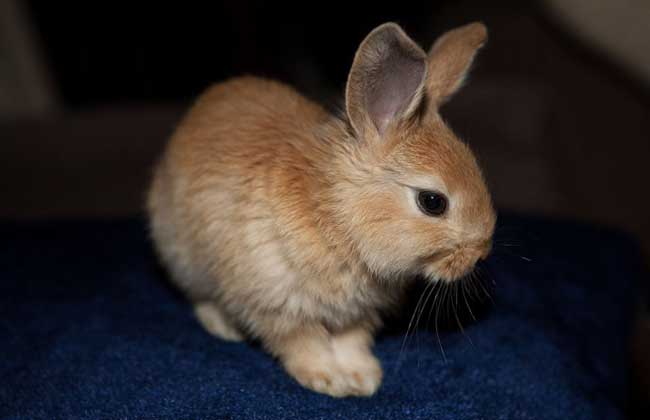How much is a begonia rabbit?

Begonia rabbit is produced in France, also known as Hodat rabbit, panda rabbit, etc., is almost a complete herbivore, the appearance of large crabapple rabbit and dwarf crabapple rabbit is not big, the only difference is the individual size, large begonia rabbit is more common, and the number of dwarf crabapple rabbit in our country is small, let's take a look at how much a begonia rabbit costs!
How much is a begonia rabbit?
The price of crabapple rabbit is about 50,500 yuan each. Begonia rabbit's body is pure white, only the hair around the eyes is black, seems to have a black eye, and the ears are "V"-shaped, physically strong. The black and white eyeliner makes the begonia rabbit look like a panda and looks very likable. Some begonia rabbits' ears are also black, or have only one black edge. In short, the biggest feature of distinguishing crabapple rabbits is one white and two black, the whole body is white, the rims of eyes and ears are black, usually begonia rabbits.
What kind of food does begonia rabbit eat?
The begonia rabbit is almost a complete herbivore. Like to eat carrots, potatoes, radish leaves and other vegetables, as well as dandelions, plantain and so on. The granular artificial feed recently introduced in the market for begonia rabbits has the advantages of balanced nutrition and good hardness for teeth. Artificial feed can be used as a staple food in the future, and then a little vegetables or weeds can be provided.
Can begonia rabbits drink water?
Begonia rabbits, like other animals, will die if they do not drink water, but because they were previously fed with vegetables and weeds that contain a lot of water, these foods contain enough water. If you feed too much water, it will affect the health of the intestines and stomach, causing dysentery, and the wet cage can easily make the crabapple rabbit sick. This is why the begonia rabbit cannot drink water. If it takes dry worker feed as the staple food, of course it needs to drink water.
Crabapple rabbit culture environment
1. Temperature: when building a rabbit house, you should choose an open, semi-open or indoor cage rabbit house according to the local climate characteristics. At the same time, pay attention to the thermal insulation of the rabbit house, and plant flowers and trees all around. In summer, cooling measures such as indoor cooling and ventilation equipment or surface spraying well water and reducing feeding density should be taken.
2. Humidity: the relative humidity in the rabbit house should be 60-65%, which should not be less than 55% or higher than 70%. Excessive humidity is easy to cause scabies, coccidiosis, eczema, etc., too small humidity can cause dry respiratory mucosa, leading to bacteria, virus infection. It is necessary to strengthen ventilation, reduce the breeding density in the house, clean up the feces and urine and bedding grass in time, so as to reduce the humidity in the house.
3. Noise: crabapple rabbits are timid and frightened, and sudden noise can easily cause female rabbits to miscarry, refuse to feed, or appear neurological symptoms, resulting in collision injury. Therefore, when building the rabbit farm, the site should be far away from the highway and industrial and mining enterprises, the feed processing workshop should be far away from the production area, the ventilator should be selected, the noise should be small, and the daily operation of the breeders should be light and stable. in the later stage of pregnancy, the female rabbit should not use steam (coal) oil burner disinfection as far as possible, and it is forbidden to set off firecrackers around the rabbit house.
Related
- A course of planting techniques and methods on how to grow carrots
- How to plant the latest tulips?
- Is it better to pick tea in the morning or in the afternoon? When is the best time for tea to be picked? what is the third or fifth tea?
- Launch Yuanxiao Happy combination Haocha + Tea Yuan healthy Taste
- Penghu Tourism "Fireworks 20 Parade with You"
- 2022 West Lake Happiness holds "Digital Revitalization Voucher" and draws iphone13 and laptop.
- Banqiao Fuzhou social houses are designed to change start-up combined with police elimination to create a safe and livable environment
- The convenient measure of "mechanical weeding" in Xinbei has been abused and the Agriculture Bureau has imposed heavy penalties on the illegal land consolidation.
- Changgeng University Joins Hands with Four Memory Factories to Rescue Memory Talent Shortage
- The list of Taiwan's top 100 MVP managers is listed by the Director-General of the Farmers' Association of Sanxia District.



